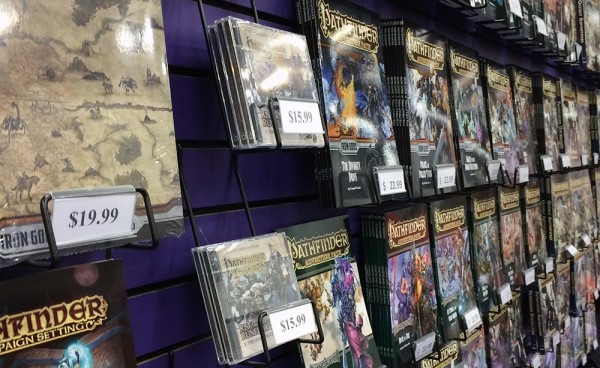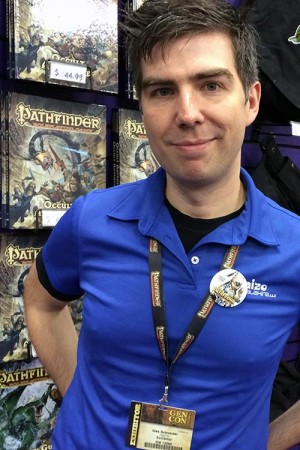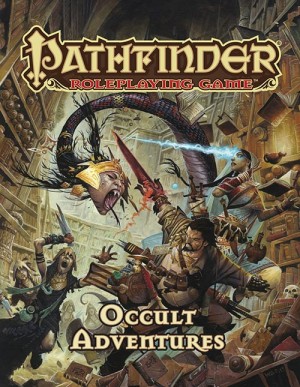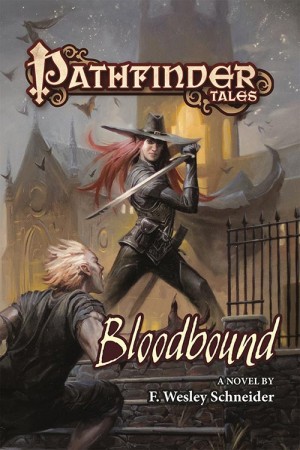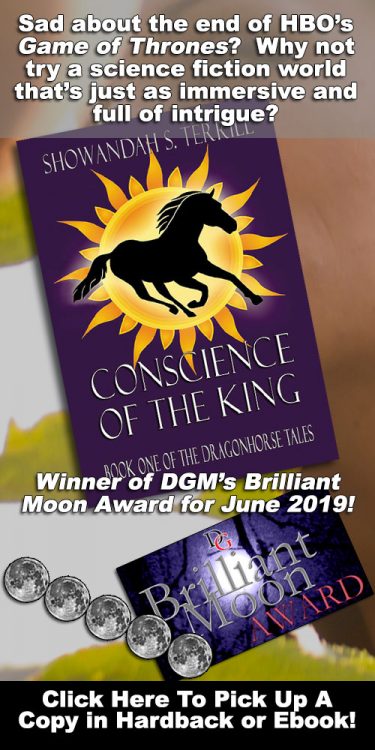Paizo is one of those companies that shows just how a creative manufacturer can go from a smaller Indie game expansion company to a major power player in just 7 years. The now iconic Pathfinder roleplaying system may have been based on D&D’s 3.5 Open Gaming License mechanics when it was released in 2008, but it has steadily evolved since then, at times passing D&D in sales, and spinning off a catalog of expansions, classes, maps, and figurines, to say nothing of the successful card game variation that debuted in 2013.

From RPGs in tabletop and card format to these adorable Goblin banks, Pathfinder has something for everyone.
On the surface, the overview of Paizo‘s rise to prominence may resemble fellow Washingtonians’ Wizards of the Coast–who both started out making RPG expansions for other games–but their mindset toward their game worlds is decidedly different. For example, all of the Pathfinder realms are designed to be one shared universe (unlike the two distinctly separate, multiplane multiverses found in D&D and Magic: the Gathering). Additionally, the Pathfinder Card Game is a community, co-op adventure game designed to reflect the co-op dynamic of an RPG, rather than a head-to-head battle game like Magic: the Gathering.
At Gen Con, I had a chance to chat with Paizo’s editor-in-chief, Wes Schneider, and get a feel for what’s new in the world of Pathfinder and where it’s going. Schneider was a real kindred spirit who very much understood our community, along with our understanding that there is more to the world than strictly the physical.
The new expansion for the Pathfinder RPG being played at Gen Con was: The Occult Adventures. This expansion was a time intensive effort by the Paizo team based on theosophical mysticism to create six occult-based magic user classes: kineticist (energy shaping, not just telekinetic); medium (summons/speaks to spirits); mesmerist (hypnotist); psychic (Jedi senses); spiritualist (spirit imbuing/binding); and occultist (general practitioner of the occult).
One thing that Schneider brought up was the care they’d gone through to be respectful to occult practitioners in the real world through this expansion, enlisting the aid of many leaders in the field to help them craft the book and its rules. Additionally, he brought up the hard work that had been done to make sure that existing Pathfinder players could use this expansion easily with their current magic-using characters and their pre-existing stats, so that they get the flavor and feel of the expansion, without having to learn a completely new way to play!
The flavor is definitely Marvel’s Doctor Strange meets Helena Blavatsky‘s Theosophical Society, with chakras, alternate dimensions, and mindscapes to explore, along with new magic talismans, cursed objects, and sought-after artifacts.
During GenCon the announcement for the next expansion for Pathfinder was also made: The Horror Adventures. About the new expansion, Schneider had this to say:
“Horror RPGs are VERY much my thing and this has been something of a dream project for a long time. Once we get closer to its release, I’d love to talk more. For now, though, the basics are that it’s going to be a meaty hardcover with tons of new options for introducing terror into your Pathfinder game. We haven’t spoiled much, but we know there’s going to be a system for Corruption, by which players can undergo a horrible transformation into a werewolf, vampire, or something far, far worse. It’s my opinion that playing monsters isn’t scary, but transforming into something terrible, that can be terrifying.”
As someone who far prefers creative suspense and environmental horror to slasher or gore-core, I personally love that perspective!

In the Pathfinder Adventure Card Game, players were playing the recently released: Wrath of the Righteous.
In the realm of the Pathfinder Card Game, with many of our readers separated around the globe, finding enclaves of others to play the group minded game may be a bit tough. At last year’s Gen Con, it was announced that Obsidian entertainment would be helping out with that through its upcoming release of a tablet-based version of the Pathfinder Card Game. There was a lot of question about whether it could be collaborative, or whether it would become a player vs. player game like Magic Online or Hearthstone. However, it looks like our fears are put to rest, as the game is confirmed to allow you to play collaboratively across the web. While I wasn’t able to get in on checking it out, beta testing was happening at Gen Con and the game seems very promising from what I can tell. Final rollout is still to be determined.
For fans of the Pathfinder Tales books (from fantasy publisher Tor), this October they will be releasing Beyond the Pool of Stars by Howard Andrew Jones-a jungle exploration and shipwreck treasure tale that seems quite intriguing.
However, the one I’m especially looking forward to is Bloodbound, which will be coming out around Christmas. A dark noir tale set in gothic Ustalav with a spymaster protagonist that must discover a killer from amongst a sea of vampires, Bloodbound marks the novelistic debut of Schneider as an author. (Schneider, as editor-in-chief of Paizo, has been responsible for a lot of things within the game rulebooks and has written quite a bit officially, but this will be his first novel.) Besides how intriguing I think the plot sounds (to say nothing of its Gothic setup), I’m very fascinated to see a unique creation from someone who’s had as much of a hand in the behind the scenes development of the game. (Novels released involving a game’s IP-intellectual property-are most commonly written by outside authors, but there’s an enthralling potential when it’s done by someone in-house. That doesn’t guarantee it’ll be good, but there’s a lot of extra possibility for nuance and Easter eggs if it is good!)
With the Gothic flavor of the book as well as the new Pathfinder expansion, Schneider had this to say:
“Bloodbound…is not a direct tie-in to [the Pathfinder RPG: Horror Adventures], but it hits on a bunch of the same themes.”
That definitely sounds very intriguing to me!
To learn more about the currently
available products from Paizo
and Pathfinder, go to: http://paizo.com

